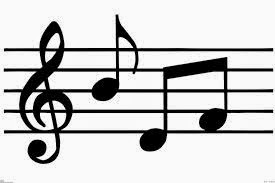Why I Travel To Argentina To Dance Tango
This seems logical if you are passionate about Argentine
Tango. You would want to learn about the history, the music, the culture, you
would want to consume everything and anything about the dance that has captured
your soul. That is only the obvious, there are so many depths and layers to
unfold that it has been 20 years of return visits full of new discoveries and
wonders that keep bringing me back.
There is something about stepping into the vast array of
Milongas , Practicas, Matinees and experiencing the ambiance and codes. From
dancing with the experienced elderly Tangueros that have spent most of their
lives dancing Tango, to the professional young dancers looking to break into
the scene. Each bringing their special character and charm to share.
The classes taught to the locals are offered before most
Milongas and can be found at many locations at almost any hour of the day. The
classes are taught by instructors with genuine knowledge, especially if you
know where to look. Rather than what is taught for export.
The value of the dollar is another matter to consider when
you walk into the many locations to purchase your Tango shoes or clothing. Many
feel the euphoria of the shopping spree that is hard to discover anywhere else
in the world.
There have been so many different experiences and encounters
I would have to write a book to describe, but they can only be found in the
motherland of the dance and country I am drawn to.










.jpg)

